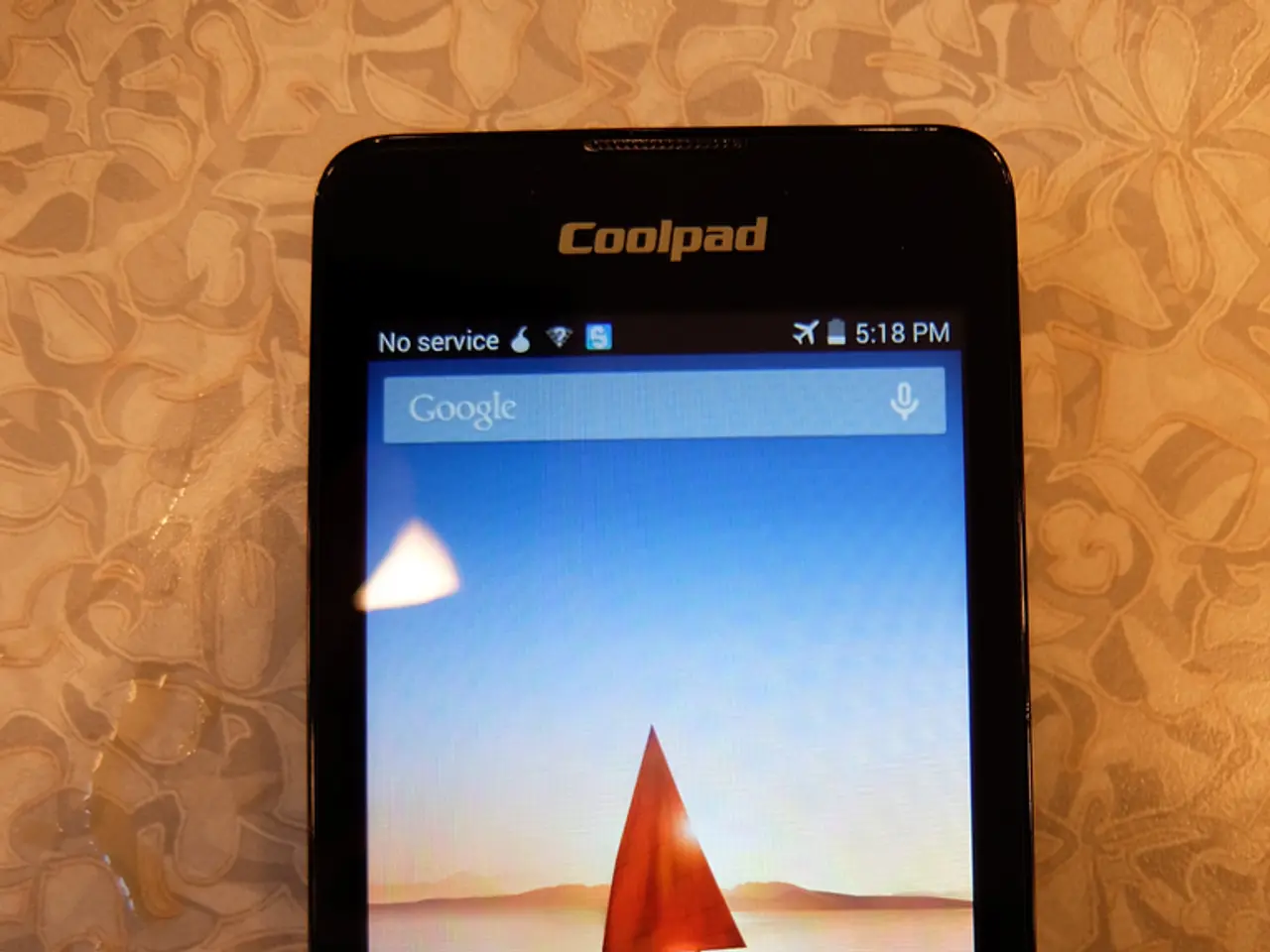Utilizing Your Mobile Phone During a Sea Voyage: A Guide for Cruising
Embarking on a cruise can be an exciting journey, but managing your mobile phone usage can help you avoid unexpected costs. Here are some key steps to follow to ensure a budget-friendly cruise experience.
Firstly, it's important to remember that using a cell phone on a cruise ship connects to satellite-based mobile networks known as maritime roaming. These networks can result in expensive charges, with calls costing between $3 and $5 per minute, texts costing $0.50 or more, and data usage having sky-high rates. To prevent these charges, turn on airplane mode as soon as you board the ship. This disables cellular roaming and prevents your phone from connecting to cruise ship cellular networks that charge steep fees.
While on the ship, Wi-Fi is your best friend for internet, calls, and messaging. Purchase a cruise line’s Wi-Fi plan in advance to get a cheaper rate. For instance, Carnival’s plans start around $15/day if booked before sailing. This enables you to use apps like WhatsApp, FaceTime, or Messenger to communicate without cellular charges.
To further save on costs, turn off cellular data and roaming in your phone’s settings while cruising. When at port, check your mobile provider’s international plans for those countries to see if you can use local roaming at a reasonable cost, but keep cellular data off unless you understand the costs.
Consider using an eSIM or local SIM card at ports of call to reduce roaming expenses, but be cautious that most cruise ships do not support cellular service on the water except via costly roaming. If you want cellular data on the ship, some carriers like AT&T offer international day passes ($20/day per device) that cover many cruise lines.
Before sailing, download music, movies, maps, and boarding passes for offline use to limit your need for connectivity at sea. Disable voicemail to avoid roaming voicemail retrieval charges.
Verizon offers TravelPass, which includes unlimited talk, text, and data in over 210 countries, with pricing starting at $6 per line per day in Canada and Mexico, and $12 per line per day in other countries. AT&T offers International Day Passes that provide coverage on more than 400 cruise ships for $20 per 24 hours. Discounts are often available if you purchase a multi-day package in advance.
It's best to turn on airplane mode as the ship is leaving port to prevent roaming charges. While in port, your phone will usually connect to a local land-based network if your mobile plan includes international roaming or you purchase an international day pass. You can still enable Wi-Fi while in airplane mode, allowing you to use internet-based services, access apps, send messages through Wi-Fi, and make calls using apps like WhatsApp or FaceTime.
By relying mostly on airplane mode plus ship Wi-Fi and turning off all cellular data/roaming, you can manage your phone on a cruise without incurring expensive charges. Purchasing Wi-Fi packages ahead and only occasionally using cellular passes helps keep costs predictable and lower overall.
smartphones and technology: "Ensure your smartphone is equipped with an eSIM or local SIM card at ports of call to reduce roaming expenses, a prime example of integrating modern technology to save costs during travel."
ico, gadgets: "Exploring various gadgets like eSIMs or international day passes, such as those offered by Verizon or AT&T, can provide cost-effective solutions for managing your mobile phone usage on a cruise, demonstrating innovative ways to stay connected without incurring huge expenses."




